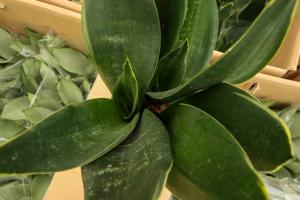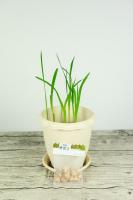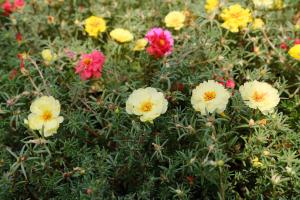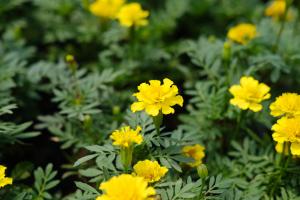Why Did My Tomato Plant Stop Flowering?
Tomatoes are one of the most widely grown garden vegetables, and for good reason. They’re easy to care for, relatively low-maintenance, and yield an abundant harvest. However, what do you do when your tomato plant suddenly stops flowering? There are a few reasons why this might happen, and luckily, most are easily fixable.
1. Temperature Stress
Tomatoes thrive in warm weather, but if temperatures rise above 90°F or fall below 55°F during the day, they may stop producing flowers. This is because high temperatures can cause the pollen to become sterile, and cold temperatures can damage the plant’s reproductive tissues. Additionally, tomato plants that are exposed to extreme temperatures may begin to focus on growth and survival, rather than producing fruit.
2. Nutrient Deficiency
Tomatoes require ample amounts of nutrients, particularly nitrogen, phosphorus, and potassium, to produce flowers and fruit. If your plant isn’t receiving enough nutrients, it may not have the energy to produce new flowers. Fertilize your plants regularly, and consider using a balanced fertilizer specifically formulated for vegetable plants.
3. Improper Pruning
Pruning your tomato plant can help it produce more fruit, but if not done correctly, it could actually hinder flower production. Be sure to remove only the lower branches of the plant, and avoid cutting off the main stem or the top of the plant. When in doubt, err on the side of caution and avoid pruning altogether if you’re unsure of what you’re doing.
4. Insufficient Sunlight
Tomatoes require at least six to eight hours of direct sunlight per day to thrive. If your plant isn’t receiving enough sunlight, it may stop producing flowers. This could be due to overcrowding, too much shade from neighboring plants, or simply positioning the plant in the wrong spot. Consider moving the plant to a sunnier location or removing nearby plants to allow for more sun exposure.
5. Disease or Pest Damage
If your tomato plant is infected with a disease or attacked by pests, it may stop producing flowers as a result. Diseases like early blight and blossom end rot can cause wilting and discoloration of the leaves, while pests like aphids and spider mites can damage the plant’s reproductive structures. Keep a close eye on your plants, and treat any disease or pest issues immediately to minimize damage.
Conclusion
If your tomato plant has stopped producing flowers, don’t panic! With a little troubleshooting, you should be able to get it back on track. Be sure to regularly fertilize your plant, prune it properly, ensure it’s getting enough sunlight, and keep an eye out for disease or pest damage. With a little bit of care, you’ll be enjoying homegrown tomatoes in no time.

 how many times do yo...
how many times do yo... how many planted tre...
how many planted tre... how many pine trees ...
how many pine trees ... how many pecan trees...
how many pecan trees... how many plants comp...
how many plants comp... how many plants can ...
how many plants can ... how many plants and ...
how many plants and ... how many pepper plan...
how many pepper plan...
































